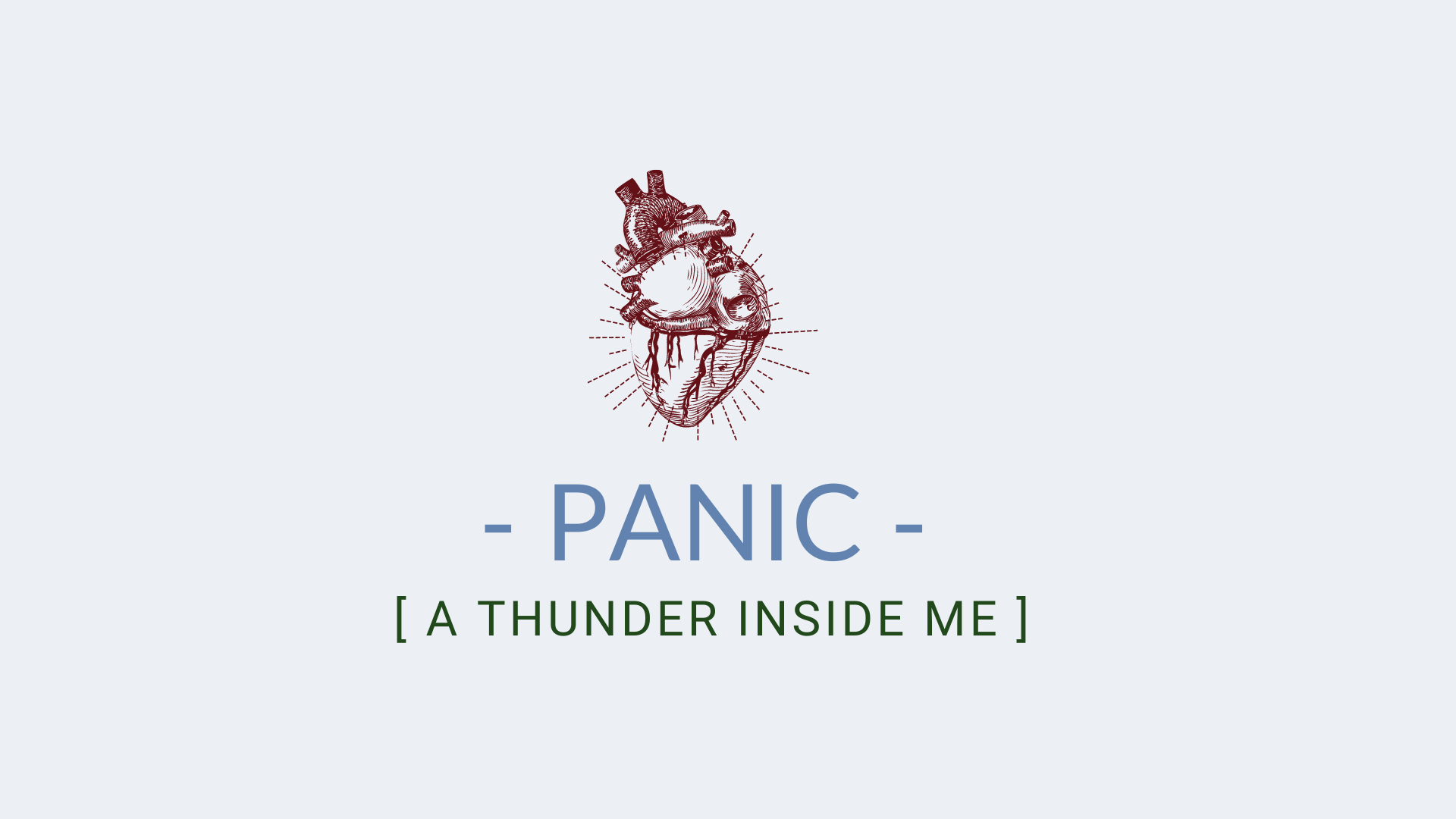Panic Disorder:
Q: What are the symptoms of a panic attack?
Panic Disorder impacts 2-3% of people in the US and is twice as common in women as in men. But at CLC, I see just as many men suffering from panic as women.
First, a panic attack is a very uncomfortable experience.
People living with panic disorder experience spontaneous overwhelming sensations that seem to come out of the blue or when thinking certain thoughts.
Because these experiences are so unpredictable and unwelcome, people will begin to fear a recurrence of a panic attack. This is why panic attacks are often called “fear of fear.”
It’s possible to have a panic attack at any time, even when sleeping; sleep apnea should be ruled out, as it is the primary reason for night panic. The average age of onset for this disorder is usually after age 20.
The most common symptoms are an increase in heartbeat, difficulty catching your breath, and a death grip on your chest (this is why so many people seek medical attention, fearing heart problems). Other symptoms include nausea, anger, feeling out of body, thoughts of losing your mind, fear of death or heart attack/stroke, and the desire to run or get away from people quickly.
Many people have a panic episode at least one time in their life. A panic disorder is only diagnosed after you have experienced multiple attacks and fear having more.
Individuals report a preoccupation with a fear they will have an attack at any moment and become anxious at the thought of panicking.
This fear can interfere with daily life. People will often attempt to avoid any situation or thing they associate with an attack.
Because of changes in breathing patterns that tighten muscles in the upper chest, individuals may also develop other somatic fears, such as dying from a heart attack or fear of losing consciousness.
What’s the treatment for Panic Disorder?
Many individuals attempt to hide this disorder because they fear it will not be taken seriously or they feel embarrassed. This can delay seeking treatment. Typically, treatment for panic disorder involves only 3 -5 sessions if you’re seeing an anxiety specialist and panic is your only concern.
At CLC, we offer you a somatic room. This is a beautifully designed room with all the props to help you learn about panic and master the art of panicking. Which, oddly, reduces the likelihood that you’ll have future problems. There is a saying in panic treatment: if you’re willing to have a panic attack, it’s doubtful that you will have one. Sounds strange, I know. I’ll show you how to tap into this wisdom.
Like generalized anxiety disorder and social anxiety, panic disorder is responsive to treatment.


